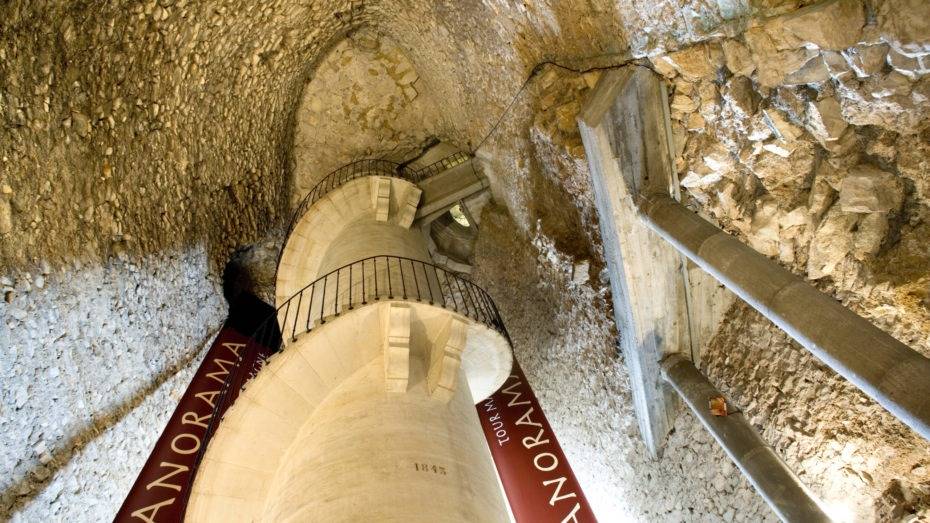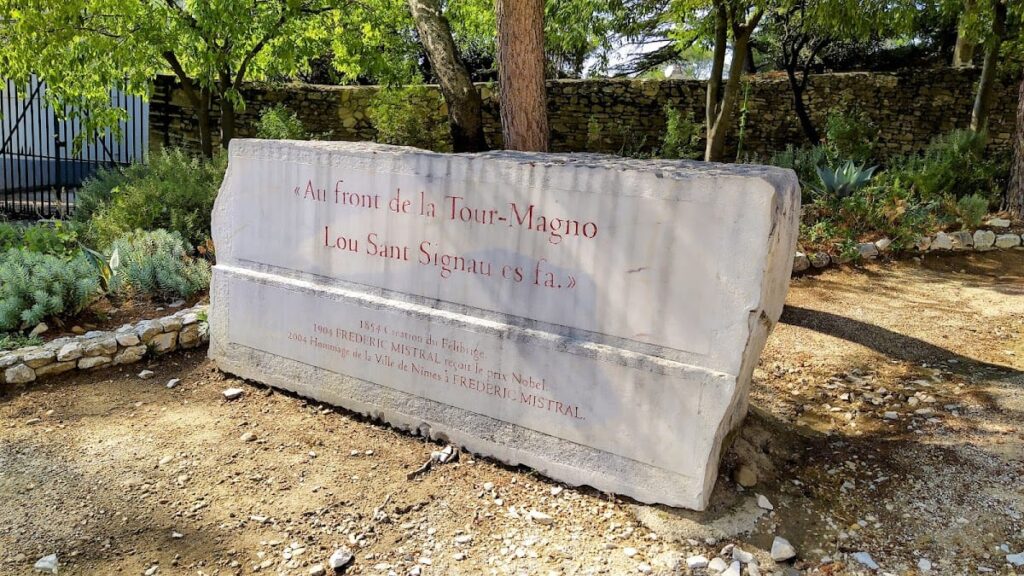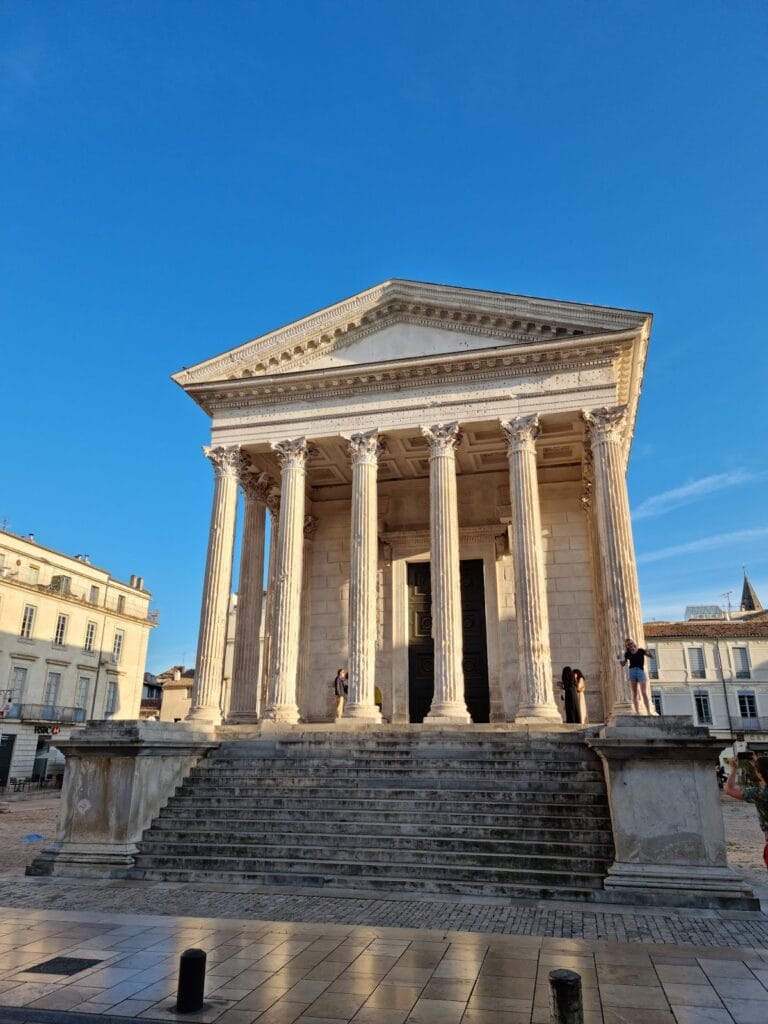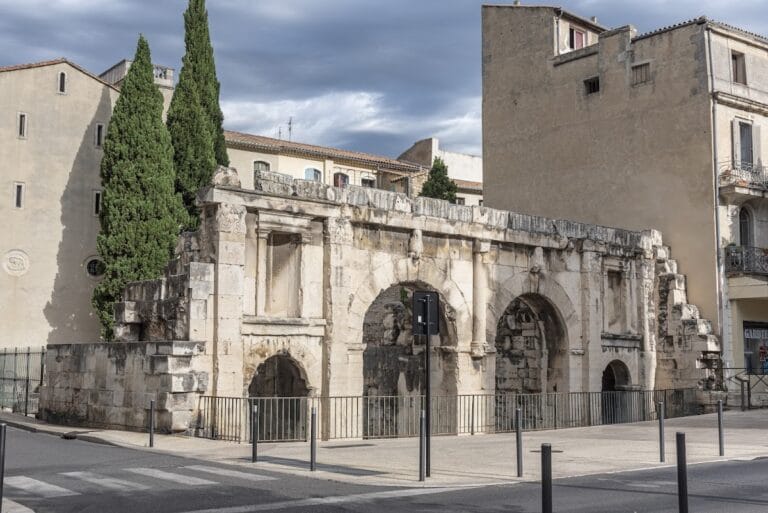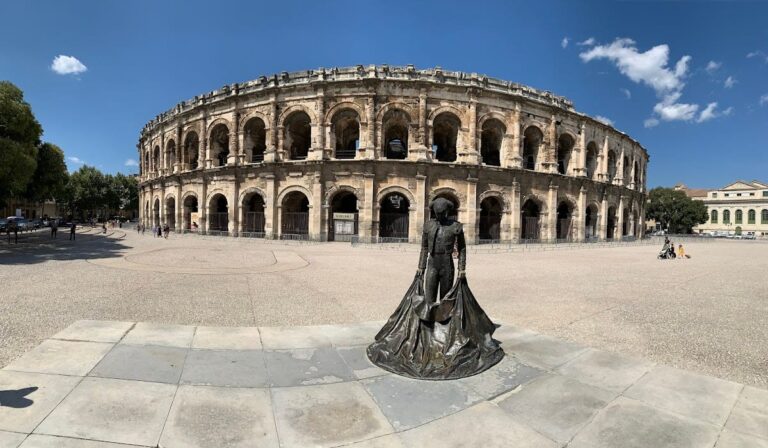Tour Magne in Nîmes: A Historic Roman Tower and City Landmark
Visitor Information
Google Rating: 4.4
Popularity: Medium
Google Maps: View on Google Maps
Official Website: www.arenes-nimes.com
Country: France
Civilization: Roman
Remains: Military
History
The Tour Magne stands in Nîmes, a city in the Occitanie region of southern France. It was originally built by the local Gallic people at the end of the 3rd century BCE, before Roman control of the area. Positioned on Mont Cavalier, the tower was part of the early settlement’s defensive structures.
During the Roman period, under Emperor Augustus around 16-15 BCE, the tower was incorporated into the city’s fortifications. At this time, its height was doubled from 18 meters to 36 meters, making it the tallest section of the city walls. This expansion served both defensive purposes and as a display of Roman authority over the region.
In the Middle Ages, the Tour Magne maintained its military role. It was part of a small fortress that played a defensive role during the Hundred Years’ War and the religious conflicts that followed. This fortress was ultimately destroyed in 1629. Earlier, in 1601, an excavation authorized by King Henry IV, inspired by the prophecies of Nostradamus, caused damage to the tower’s oldest sections and led to a partial collapse.
Between 1832 and 1853, the tower found a new use as an optical telegraph station, a communication system using visual signals. It was recognized as a French historical monument in 1840 and underwent restoration in 1845 by architect Questel. Since November 2021, the tower has been managed by the company Edeis Romanité and remains accessible to the public.
The Tour Magne has also entered cultural history. It is known for a holorime poem by Marc Monnier and is mentioned in literary works by Victor Hugo and Guillaume Apollinaire.
Remains
The Tour Magne features an irregular octagonal base constructed from local limestone using a dry stone technique, where stones are stacked without mortar. This base is visible inside the tower as a negative imprint. Originally, the tower stood 18 meters tall but was raised to 36 meters during Roman times. Today, it reaches 32.5 meters due to partial inward collapse.
A bent ramp, approximately 70 meters long, once led to a walkway on the first floor. This ramp is partially preserved at its southern end along with its last arch. The walkway connected the tower to the city’s curtain walls on the north and west sides at the same level.
Above the first floor, which was integrated into the city walls, the tower’s polygonal upper structure is windowless. Access to the original terrace at the top was provided by an internal spiral staircase of 132 steps, though modern visitor information notes 140 steps.
The two uppermost levels of the tower were decorated. One level featured Tuscan pilasters, a simple classical column style, while the other had columns that are now almost entirely lost. These decorative elements reflected the Roman emphasis on imperial presence.
The tower overlooks the Jardins de la Fontaine and offers views of Nîmes and its surroundings.


